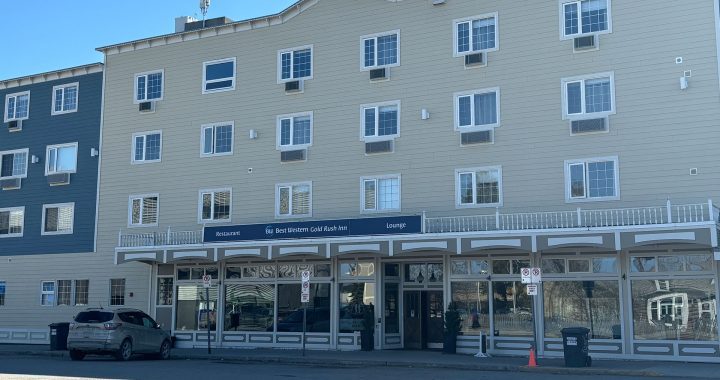An Ontario politician says the findings of what are being described as 170 plausible burials on the site of a former residential school in northern Ontario earlier this week hit close to home.
“I think me as an MPP, me as a person who went to residential school – it is painful, it’s hurtful, it’s real and I think it’s important that people start understanding the impacts of Indian residential schools and the intergenerational impacts,” Sol Mamakwa, who represents the provincial riding of Kiiwetinoong, told Nation to Nation.
On Jan. 17, the Wauzhushk Onigum Nation announced the finding of the anomalies on the site of the former St. Mary’s Indian Residential School in Kenora.
The First Nation began the search for unmarked graves last May using ground-penetrating radar.
It is the first such discovery in Ontario after what are believed to be hundreds of unmarked graves have been found on the sites of former residential schools in B.C., Alberta, Saskatchewan and Manitoba in the past few years.
Mamakwa said he was already firmly grounded in his language and culture by the time he attended residential school as a teenager but found not being able to speak his language, told to cut his hair and the use of the strap for disciplinary purposes disturbing.
In a statement, Ontario Minister of Indigenous Affairs Greg Rickford called the discovery heartbreaking and said the community has the government’s full support and assistance as it enters its next phase of work.
Mamakwa said this should translate into money for much needed support for survivors.
“The findings of these remains, these anomalies, does reopen old wounds and they have to be able to start looking at the process of funding healing initiatives where there is a good support system for these survivors and the inter-generational survivors,” he said.
Climate change and First Nations
The president of the Alberta-based National Coalition of Chiefs (NCC) said Nation to Nation the Trudeau government’s climate change plan will increase the poverty of First Nations people.
“I hate to say it but 60 to 70 per cent of our population is on welfare and they are in remote communities that require heat and energy because this is a cold country and people have to remind themselves about that,” Dale Swampy said. “They (government) can’t take everything for granted the way they are doing right now. And we can’t support our First Nation people if there’s six times utility costs that’s going to happen across Western Canada and Canada as a whole because of the high cost of this green energy.”
The Liberal government has pledged to reduce greenhouse gas emissions by roughly 40 per cent by 2030 which Swampy’s organization calls unrealistic.
He said NCC is not against reducing emissions but it prefers to do this by investment in clean carbon capture projects rather than cutting oil and gas production drastically.
Swampy added First Nations are not only starting to play a prominent role in Alberta’s oil industry but also in liquid natural gas projects like the Coastal GasLink pipeline in northern British Columbia.
World Economic Forum
Lastly, the head of the National Association of Friendship Centres was part a delegation that brought an Indigenous perspective to the World Economic Forum in Davos, Switzerland this week.
NAFC CEO Jocelyn Formsma was a member of the six-person panel called The Evolution of Urban Life where she talked about what role Indigenous people are and will play in cities.
“How do we make cities not just of the future but also today,” she said. “Looking toward the future, how do we make sure that they’re not just socially resilient but socially inclusive. Which also means consideration of Indigenous peoples exist and we’re not part of the past. We’re very active and engaged in actually shaping the future and that we have inherent rights that need to be respected and upheld in urban spaces.”
Formsma said she is fully aware of some of the criticism WEF has faced as being a meeting place of the elites where little in the way of concrete solutions to world problems are put forward.
However, she said she viewed the forum as a learning experience and opportunity to bring Indigenous ideas on global problems to a world stage.











